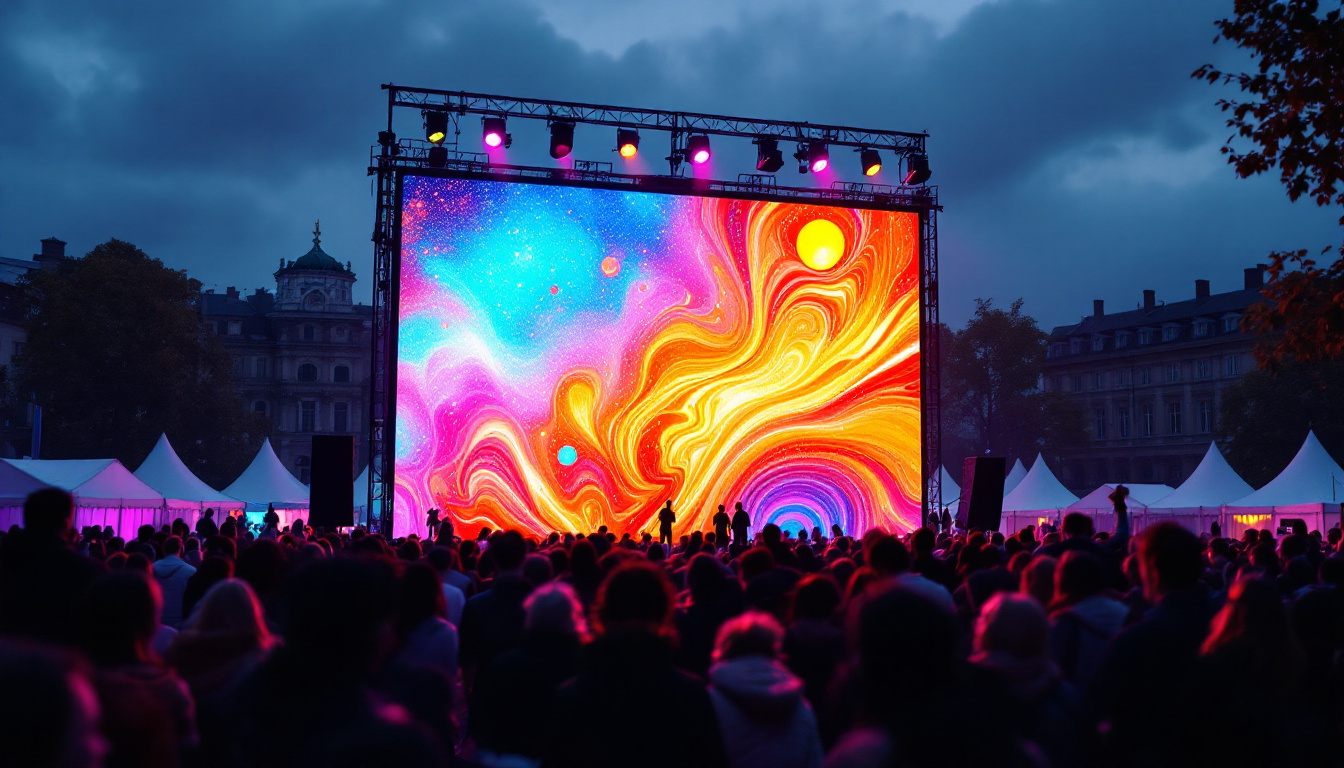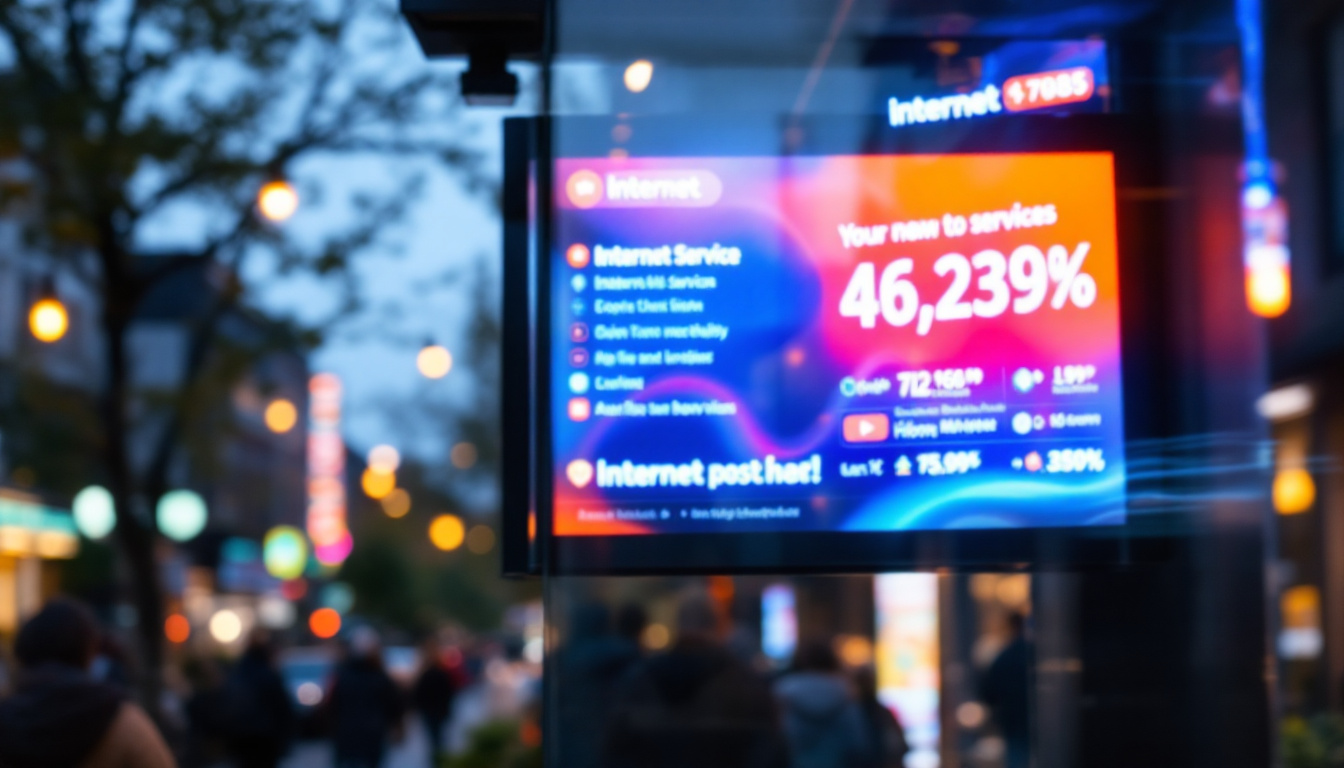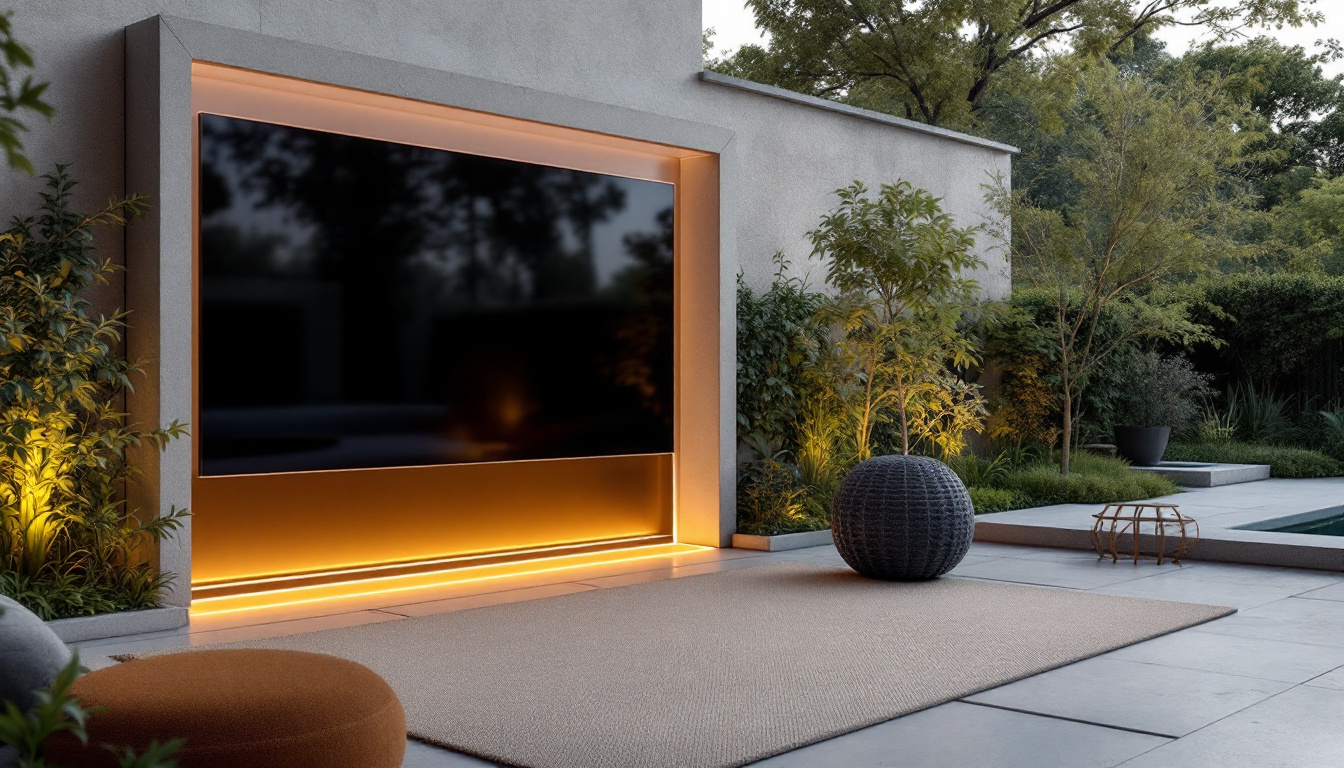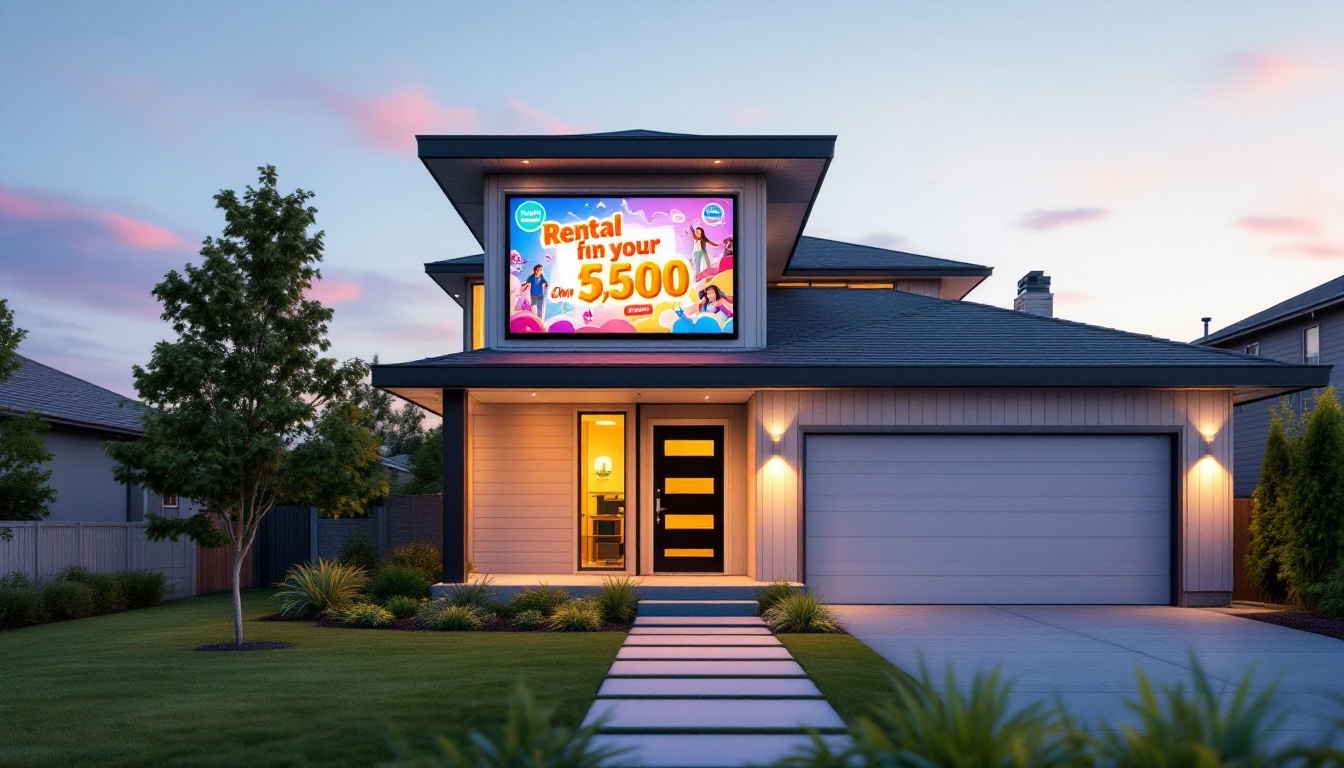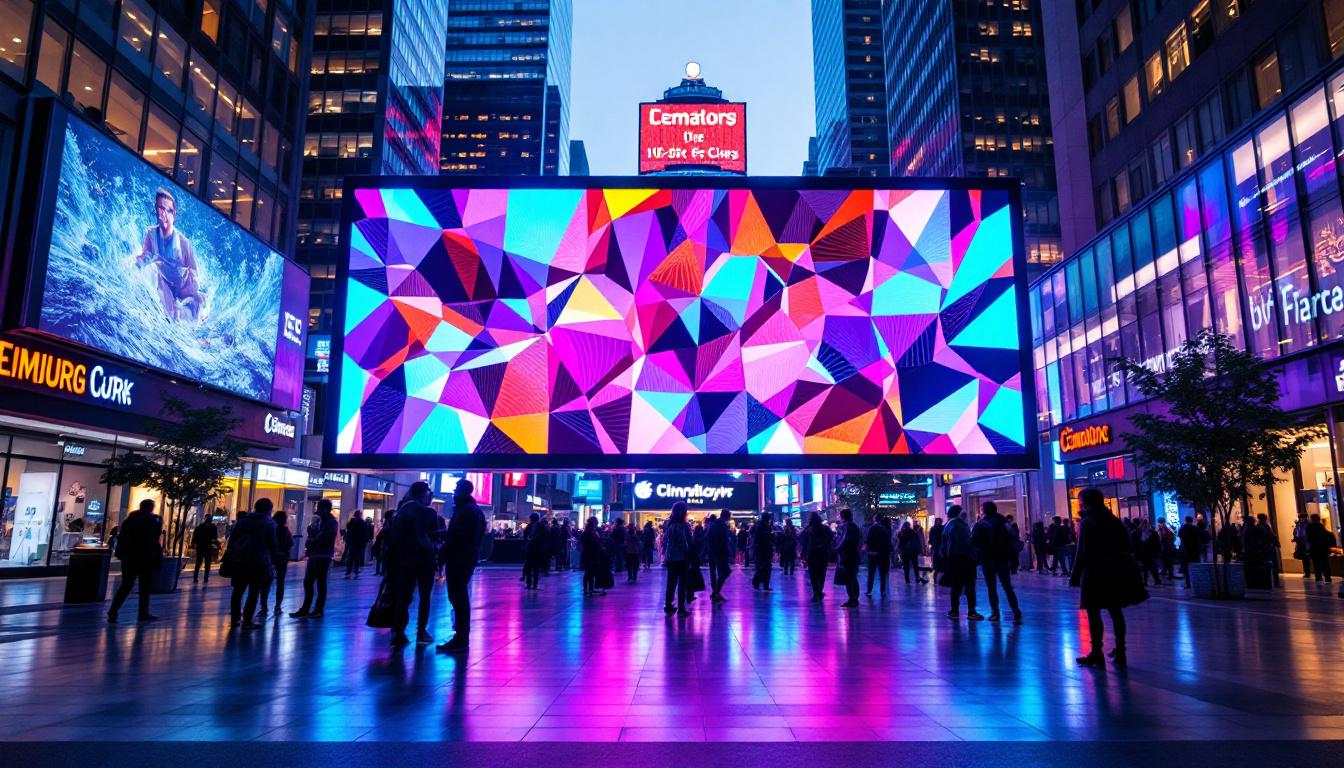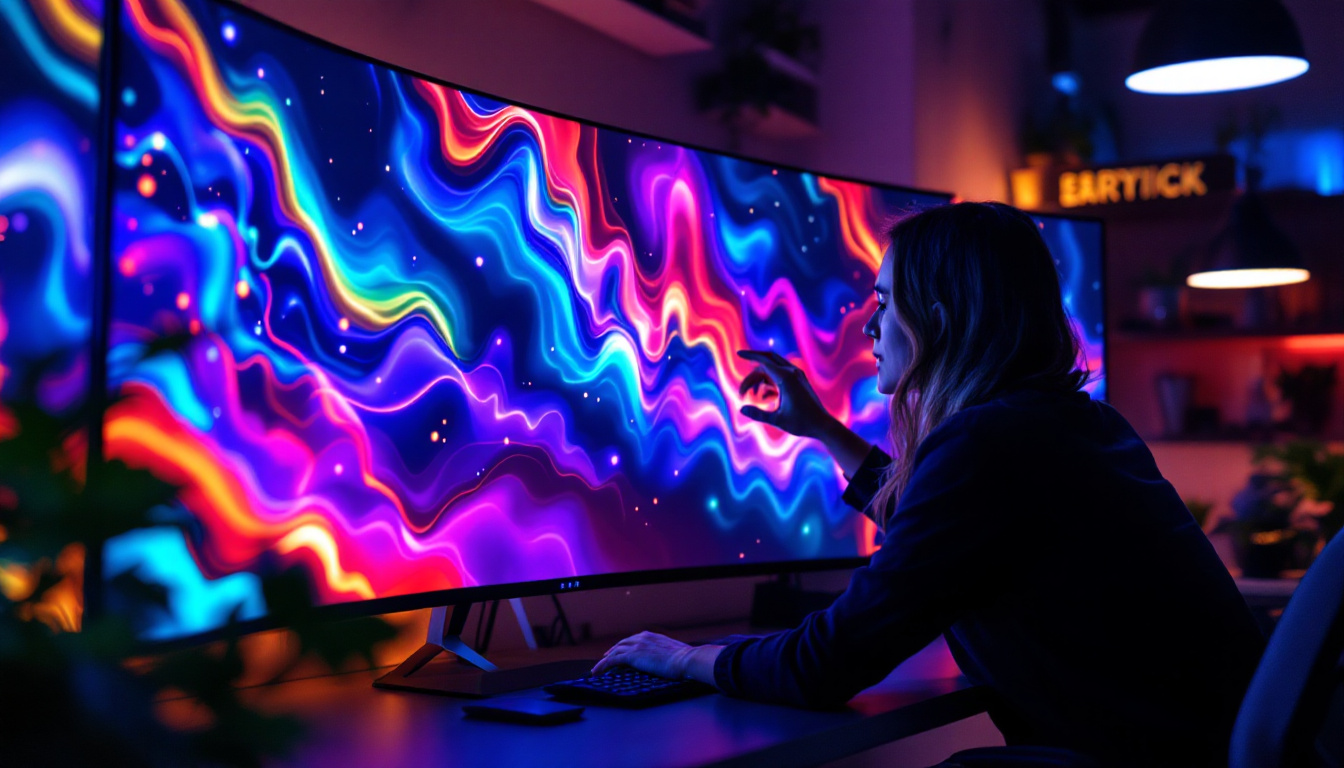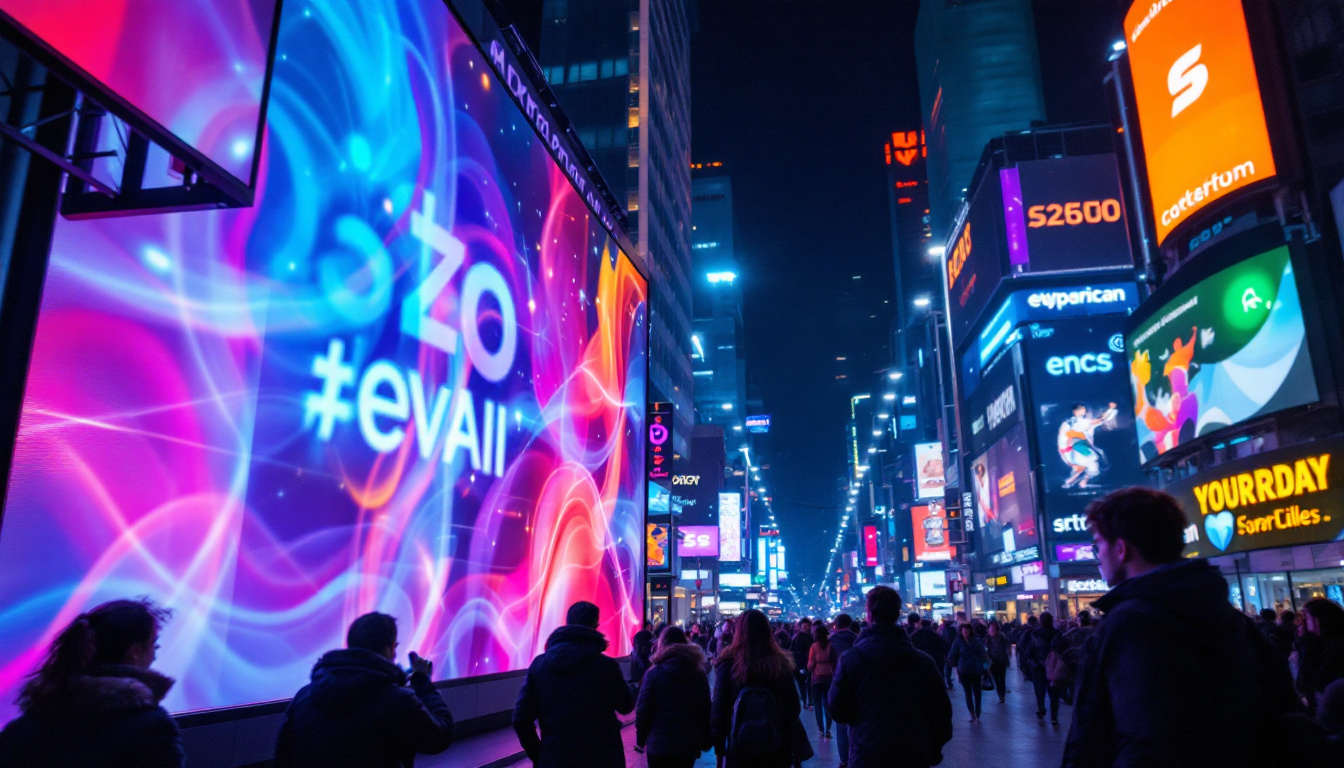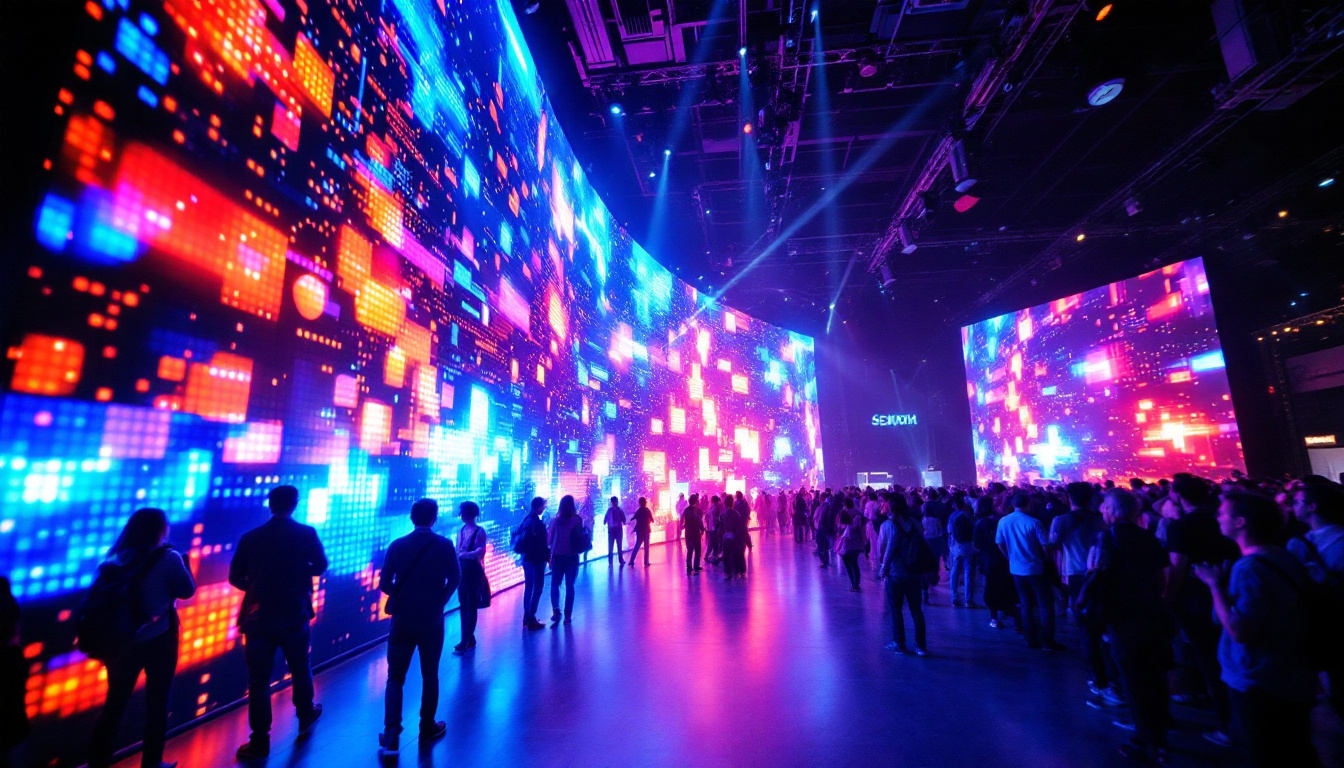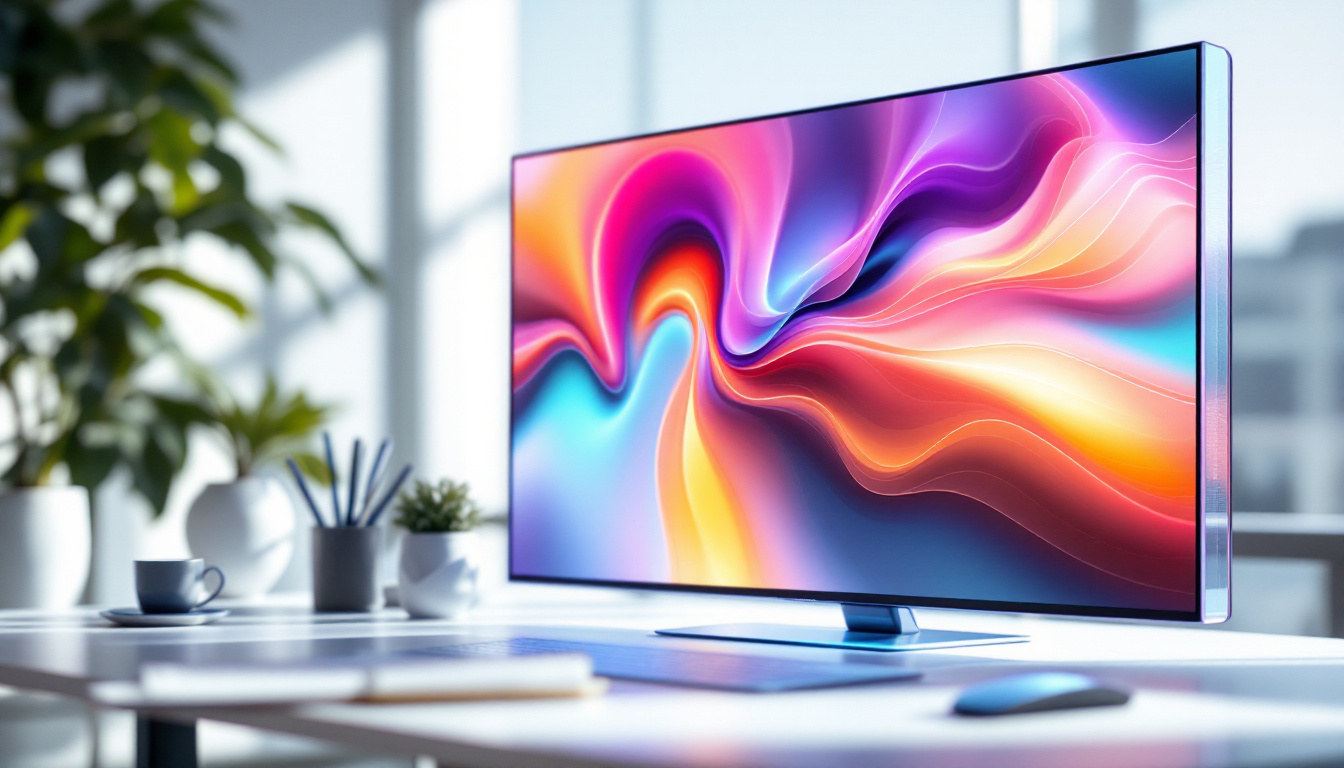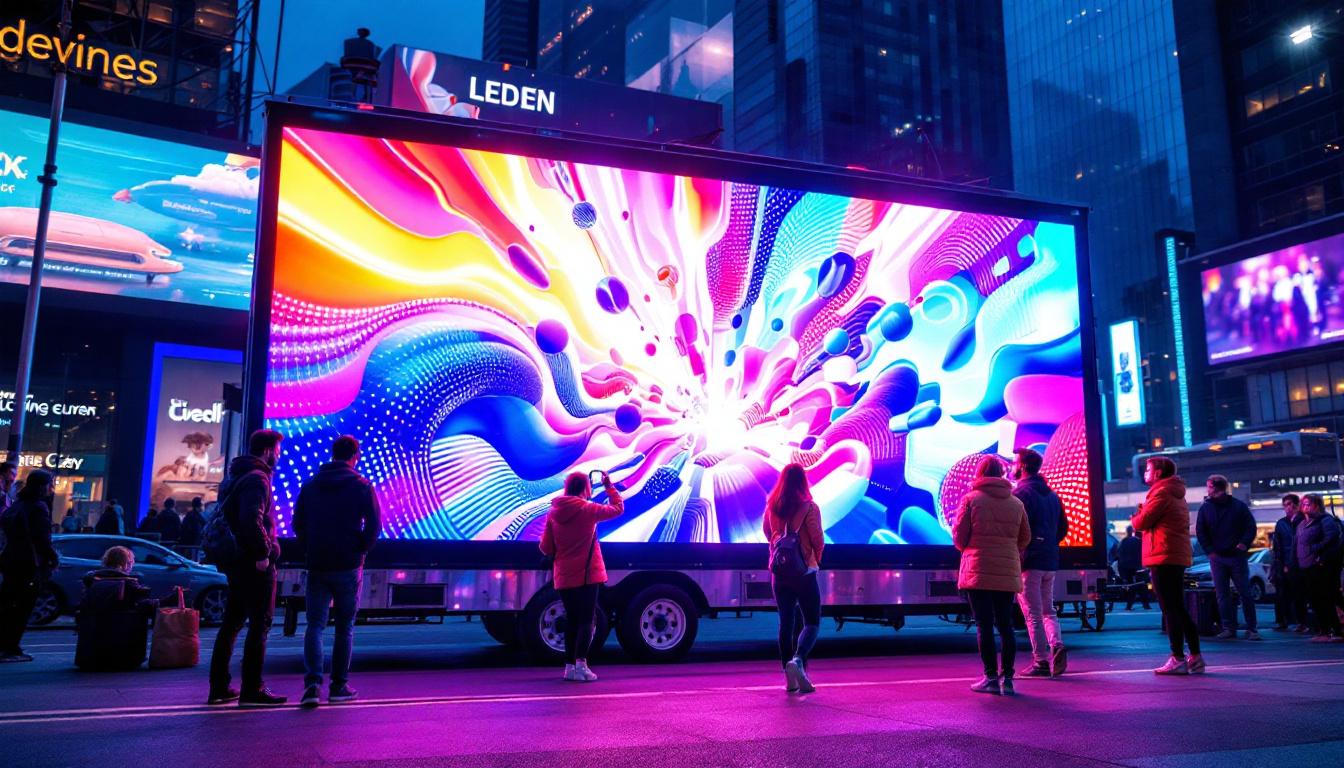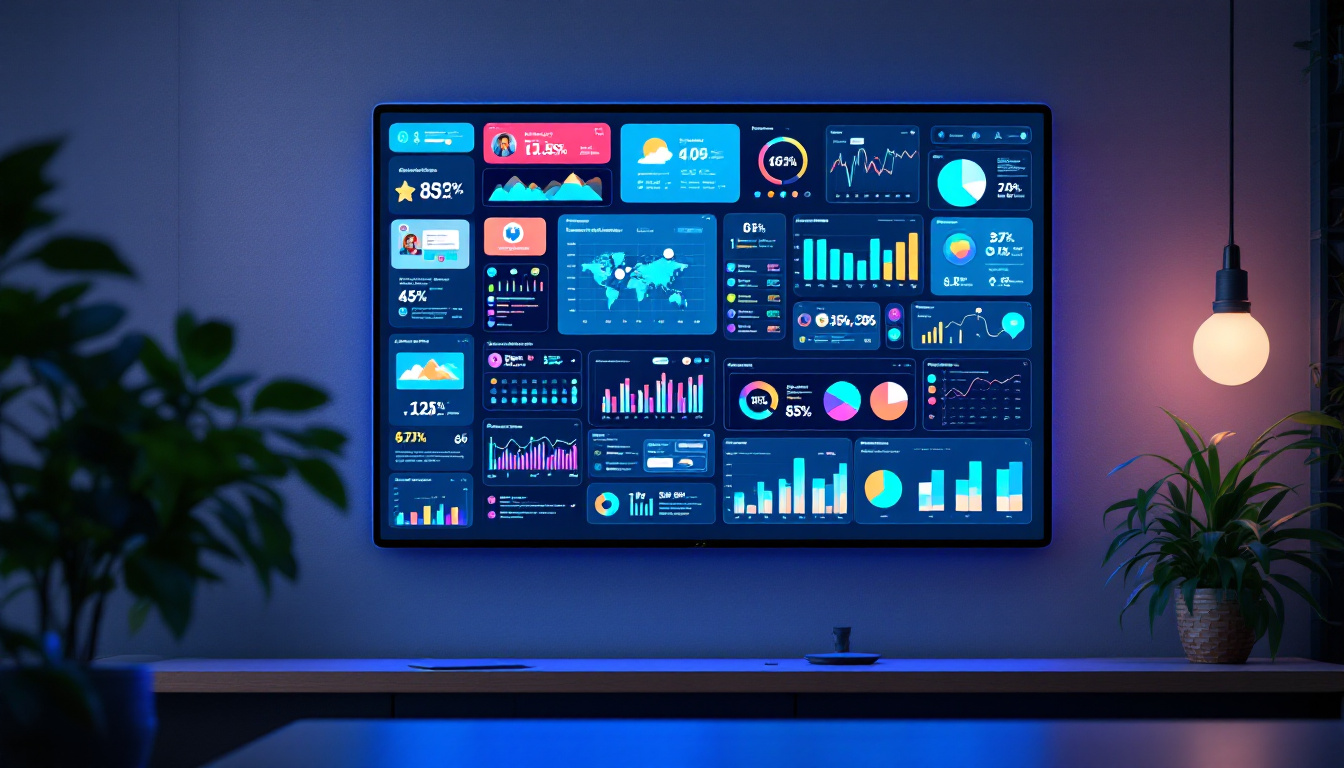Understanding Snap and Camera Access
In the age of social media and instant communication, applications like Snap have revolutionized the way users share their lives. However, to fully utilize the features offered by Snap, users must allow the app to access their camera. This permission is not merely a formality; it plays a crucial role in enhancing user experience and ensuring the app functions optimally.
When a user allows Snap to access the camera, they unlock a range of features, including the ability to capture photos and videos in real time, apply filters, and share moments instantly. But what happens behind the scenes when this permission is granted? Understanding the mechanics of camera access can demystify the process and help users feel more comfortable with their choices.
The Importance of Camera Access
Granting camera access to Snap is essential for several reasons. Firstly, it enables users to engage with augmented reality (AR) features that have become a hallmark of the app. These features allow for interactive experiences, such as adding virtual elements to real-world environments, which can be both entertaining and informative.
Moreover, camera access facilitates seamless communication. Users can send Snaps directly, capturing moments as they happen, which fosters a more dynamic interaction compared to traditional text messaging. This immediacy is a significant factor in Snap’s popularity among younger demographics. The app’s unique ability to blend photography with storytelling allows users to express themselves creatively, making each Snap not just a photo, but a narrative that can evoke emotions and spark conversations.
Privacy Considerations
While the benefits of allowing camera access are clear, it is equally important to consider privacy implications. Users should be aware of what data is being collected and how it is used. Snap has implemented various privacy features, allowing users to control who can see their Snaps and whether their camera is active at all times.
Additionally, users should regularly review their app permissions. This practice not only enhances security but also ensures that they are comfortable with the level of access granted to Snap and other applications on their devices. It’s also worth noting that users can customize their experience further by adjusting settings related to location sharing and data usage, which can help mitigate concerns about privacy while still enjoying the full range of features Snap has to offer. By taking these proactive steps, users can strike a balance between enjoying the app’s innovative capabilities and protecting their personal information.
LED Display Technology in Snap
One of the standout features of Snap is its integration with LED display technology. This technology enhances the visual experience, making interactions more engaging and immersive. Understanding how LED displays work can provide insight into the app’s functionalities and its appeal.
The Basics of LED Displays
LED (Light Emitting Diode) displays are a form of digital screen technology that utilizes small diodes to emit light. These displays are known for their brightness, color accuracy, and energy efficiency. In the context of Snap, LED technology allows for vibrant visuals that capture users’ attention and enhance their experience.
When users take photos or videos using Snap, the app leverages LED display capabilities to showcase filters, effects, and other enhancements in real-time. This immediacy not only makes the editing process more intuitive but also encourages creativity among users as they experiment with different visual styles. The ability to see changes instantaneously can inspire users to push the boundaries of their creativity, leading to unique and personalized content that stands out in a crowded digital landscape.
How Snap Utilizes LED Technology
Snap’s use of LED technology extends beyond just displaying images. The app incorporates various interactive elements that respond to user inputs, creating a dynamic visual experience. For instance, when users apply filters or effects, the LED display instantly reflects these changes, allowing for a seamless editing process.
Furthermore, LED displays are crucial for augmented reality features. As users interact with AR elements, the LED screen provides a vivid backdrop, making the virtual components appear more integrated into the real world. This blend of reality and virtuality is a significant draw for users, enhancing the overall appeal of the app. The precision of LED technology ensures that AR overlays are not only visually striking but also responsive to user movements, creating a sense of depth and realism that captivates users. This level of interaction can transform a simple photo into an immersive storytelling experience, where users can share moments that feel alive and engaging.
Additionally, the adaptability of LED displays allows Snap to cater to a wide range of lighting conditions. Whether users are in bright sunlight or dimly lit environments, the LED technology adjusts to ensure that images remain clear and vibrant. This versatility is particularly beneficial for users who enjoy capturing spontaneous moments, as it guarantees that their creativity is not hindered by external factors. The combination of high-quality visuals and responsive technology positions Snap as a leader in the social media landscape, appealing to both casual users and professional content creators alike.
Benefits of Allowing Camera Access for LED Experiences
Allowing Snap to access the camera not only enhances the app’s functionality but also enriches the user’s experience with LED displays. This synergy between camera access and LED technology creates a unique environment for creativity and interaction.
Enhanced User Engagement
When users grant camera access, they can fully engage with Snap’s features, particularly those involving LED displays. The ability to capture and share moments in real time, combined with the vibrant visuals of LED technology, creates a compelling reason for users to participate actively in the platform.
This engagement is further amplified by the social aspect of Snap. Users can share their Snaps with friends, fostering a sense of community and encouraging others to participate. The combination of real-time sharing and visually appealing content keeps users coming back for more.
Creative Opportunities
With camera access, Snap users can explore their creativity in ways that were previously unimaginable. The app’s extensive library of filters, effects, and AR elements allows users to transform ordinary moments into extraordinary visuals. LED displays play a pivotal role in this transformation, providing a canvas that is both vibrant and responsive.
As users experiment with different features, they often discover new ways to express themselves. This creative exploration not only enhances the user experience but also contributes to the app’s overall popularity, as users share their innovative creations with others.
Technical Aspects of Camera Access and LED Integration
Understanding the technical aspects of how Snap integrates camera access with LED display technology can provide deeper insights into the app’s functionality. This knowledge can help users appreciate the complexities involved in creating such a seamless experience.
Real-Time Processing
One of the key technical features of Snap is its ability to process images and videos in real time. When users take a Snap, the app captures the image using the camera and immediately applies any chosen filters or effects. This real-time processing is made possible by advanced algorithms and the capabilities of modern smartphones.
LED displays enhance this experience by providing immediate visual feedback. Users can see the effects of their edits as they make them, which not only speeds up the creative process but also allows for a more interactive experience. This instant gratification is a significant factor in keeping users engaged with the app.
Data Management and Privacy Protocols
As with any application that requires camera access, data management and privacy protocols are critical. Snap employs various measures to protect user data and ensure that camera access is used responsibly. This includes encryption of data transmitted between the app and servers, as well as anonymizing user information to safeguard privacy.
Users are encouraged to familiarize themselves with Snap’s privacy settings, which allow them to control who can see their Snaps and how their data is used. By understanding these protocols, users can make informed decisions about their camera access and feel more secure while using the app.
Best Practices for Managing Camera Access
Regularly Review Permissions
Users should periodically review the permissions granted to Snap and other applications on their devices. This practice ensures that they are comfortable with the level of access provided and can revoke permissions if necessary. Understanding which apps have camera access can help users maintain control over their privacy.
Additionally, users should be aware of any updates to app permissions that may occur with software updates. Staying informed about these changes can help users make better decisions regarding their privacy and security.
Utilize Privacy Settings
Snap offers various privacy settings that allow users to control who can view their Snaps and how their data is used. Utilizing these settings can enhance security and provide peace of mind. Users should take the time to familiarize themselves with these options and adjust them according to their comfort levels.
For instance, users can choose to share their Snaps with only selected friends or make them visible to a wider audience. Understanding these choices can empower users to engage with the app while maintaining their privacy.
Conclusion: The Future of Snap and Camera Access
As technology continues to evolve, the relationship between applications like Snap, camera access, and LED display technology will likely become even more intertwined. The ongoing development of augmented reality and real-time processing capabilities suggests a future where user experiences are richer and more immersive than ever before.
For users, understanding the importance of allowing camera access is crucial. It not only enhances their experience with Snap but also opens up a world of creative possibilities. By managing permissions wisely and staying informed about privacy settings, users can enjoy all that Snap has to offer while maintaining control over their personal information.
In conclusion, the synergy between camera access and LED display technology is a driving force behind Snap’s popularity. As users continue to explore the app’s features, they will undoubtedly discover new ways to connect, create, and share their experiences in the digital age.
Discover the Future of Visual Engagement with LumenMatrix
Ready to elevate your visual storytelling and captivate your audience like never before? Explore LumenMatrix’s innovative LED display solutions, where cutting-edge technology meets creative expression. Whether you’re looking to enhance brand visibility, create dynamic visual experiences, or simply share your message with more impact, LumenMatrix has you covered. From Indoor and Outdoor LED Walls to Custom and Transparent Displays, our range of products is designed to revolutionize your visual communication. Check out LumenMatrix LED Display Solutions today and join the forefront of digital signage innovation.



